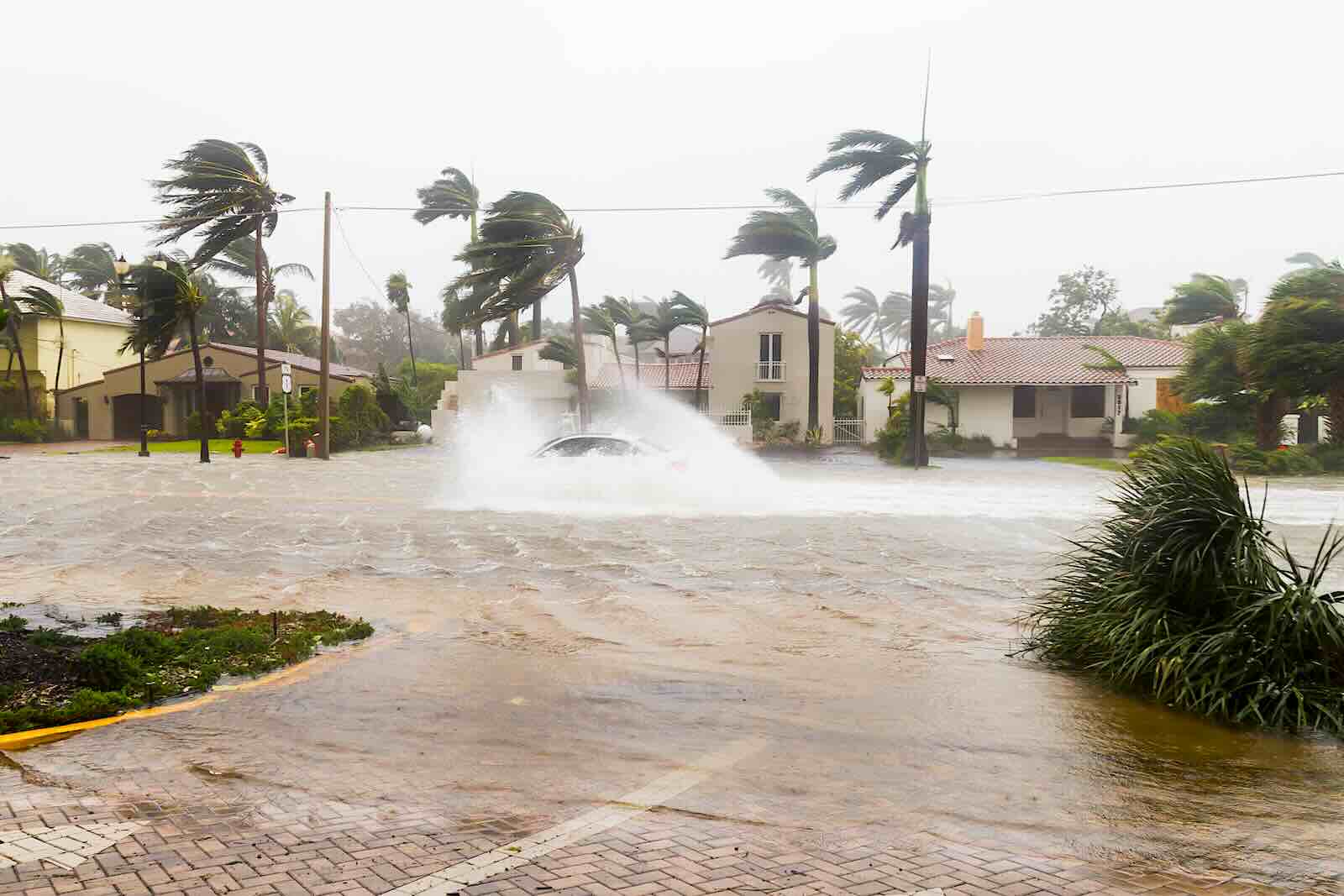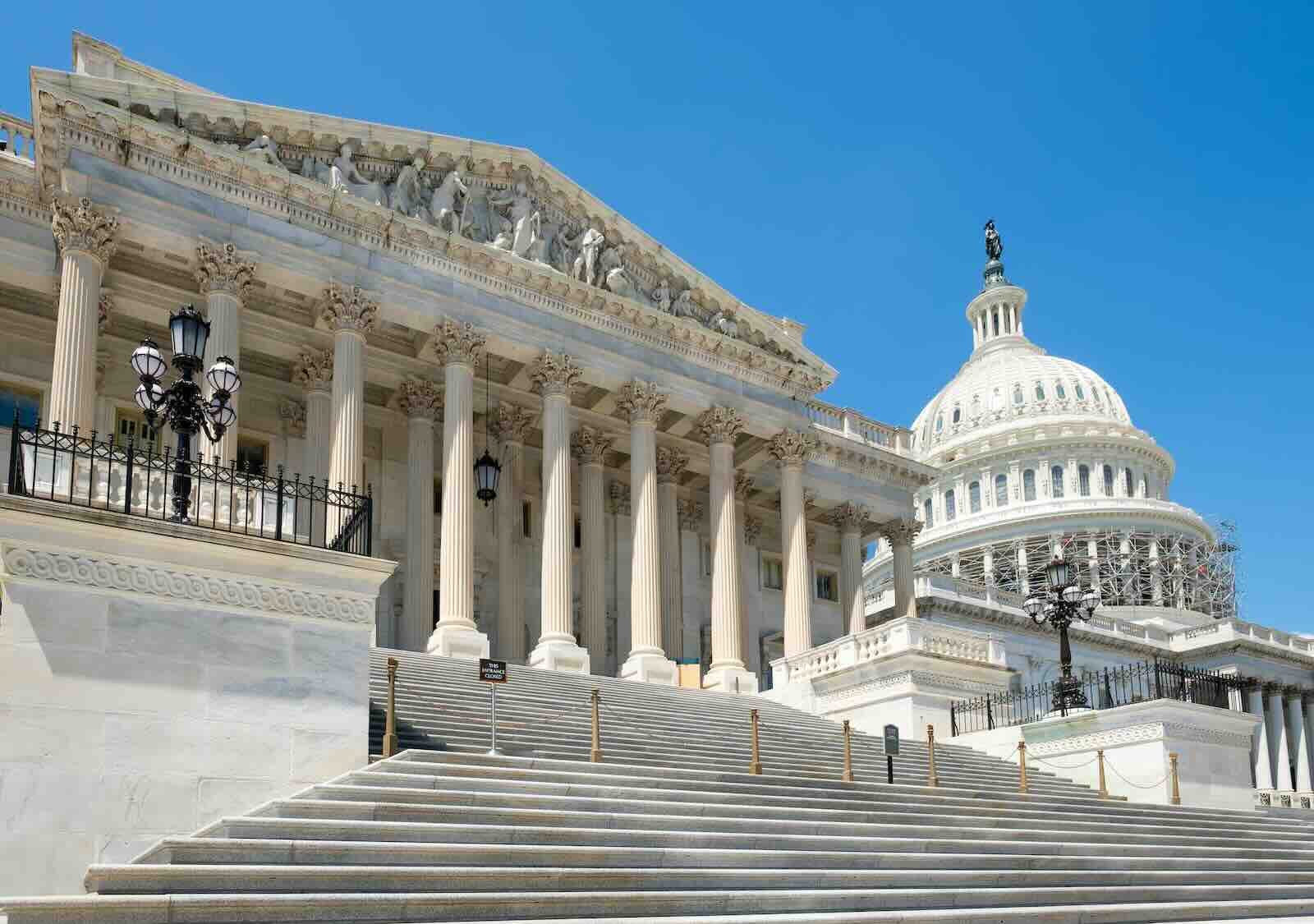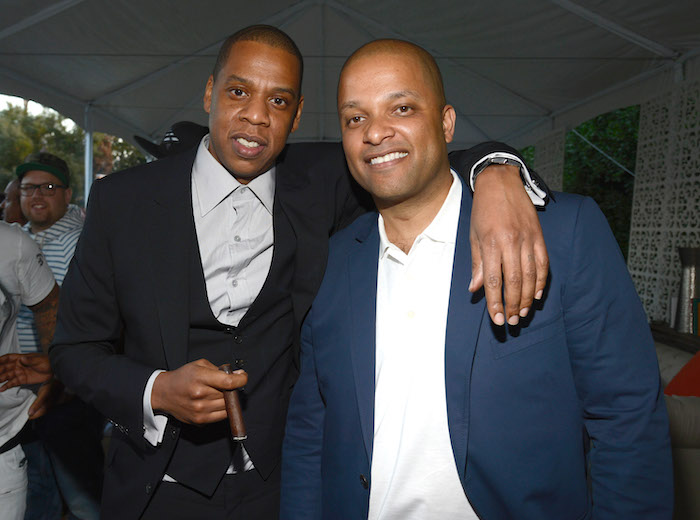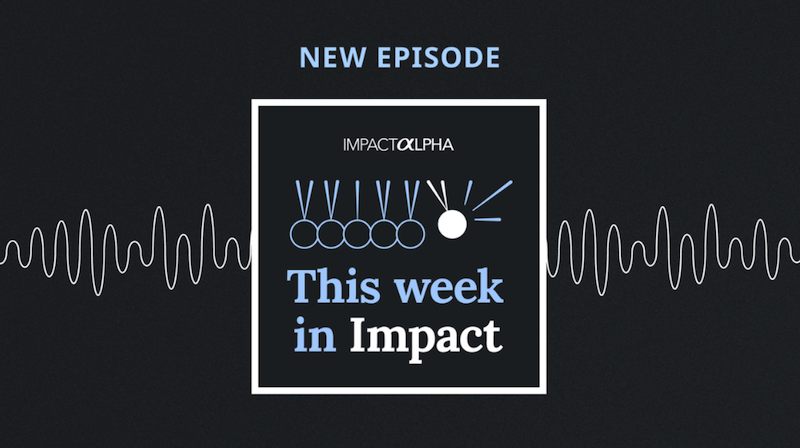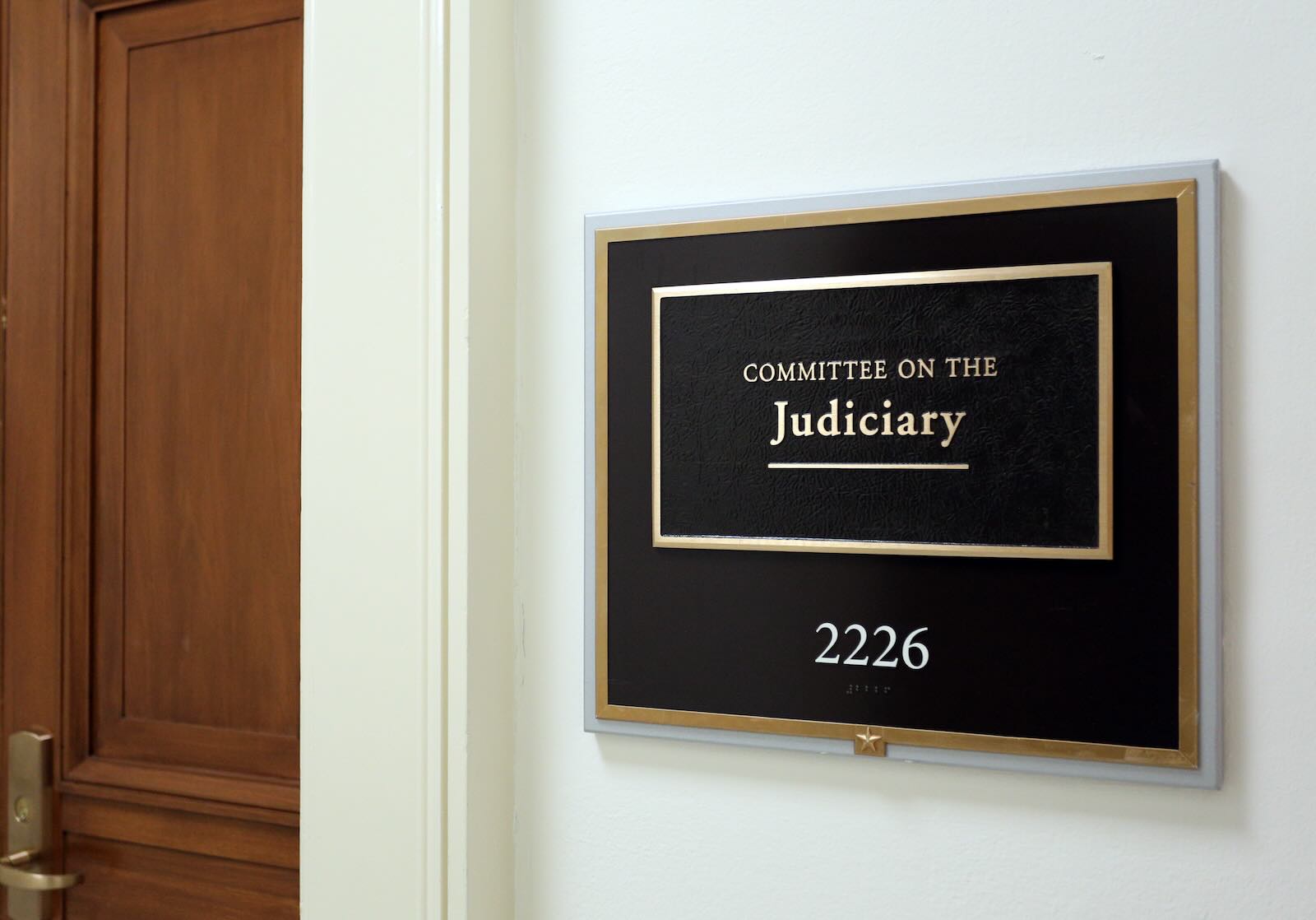Over the course of this six-part series on how and why Kataly is designing our investment strategy to divest from Wall Street, we have reflected on: our investment goals and priorities, determining what is “enough” for the Foundation, the structurally racist history of the financial system, addressing challenges and the process of pivoting, and finally, Kataly’s investment strategy itself.
When I first began drafting this series about a year ago, I knew we would face obstacles, but I didn’t know what shape they would take. A year later, with our investment strategy finally designed, it’s interesting to reflect on the unexpected twists and turns in this journey. One of my goals in writing this series was to share our hypotheses, ideas, and mistakes, and learn from the reactions of others in the philanthropic field. It has been deeply enriching and illuminating to hear feedback from everyone who has engaged with this series.
One piece of feedback I have been receiving consistently from the field is a sense of urgency for us to write about our solutions. This reflects the general sentiment we often see within our field: people want solutions NOW. But what we have also discovered is that when people move directly to solutions and do not unpack the root cause of the problem or understand history, people will invest in solutions, but those solutions will not be sustained and might even end up repeating past harms and missteps. They will be short-term and limited to the whims of the investment committee, or the Board, or whoever the decision-maker is, and those decision-makers are only sometimes reflective of communities most impacted by injustice. We have seen this happen most recently with the financial commitments made to funding racial justice in 2020 and very little funds flowing from the commitments to Black communities.
Part of our goal was to share the history of the financial systems so readers could understand how even the most well-intended strategy is still centered on how the financial system was set up and who it was set up to benefit. We wanted to share the challenges we faced along the way, the decisions we had to make, the racism, and misogyny we faced, and how we had to be open to pivoting the strategy, even in the last moments, to stay in integrity with our values. We wanted to be vulnerable with our journey so we could show others that there is a path forward, and it requires a clear setting of values, an openness to admitting when we’re wrong and pivoting, a commitment to move beyond ESG, and lead with patience, empathy, and compassion.
As this series concludes, we are currently witnessing students at universities across the country calling for their institutions to divest from the state of Israel and its war machine, in solidarity with Palestine. I would be remiss if I did not explore how this movement moment ties to the development of our investment strategy.
We live in a global economy largely driven by capital, and many of the decisions we make, both directly and indirectly, on how and where we choose to spend, save, and invest our money reflects our values. The withdrawal, redirection, and redistribution of funds largely govern who gets freedom and who gets bombed. At its core, these students are asking their universities to align how they invest their money with the values they hold, and the values they expect their students and alumni to hold. This is not wholly dissimilar from our own exploration at Kataly about how to invest our unrestricted reserve in alignment with our racial justice values.
These university students are aware of other successful divestment calls, and understand that capital is an incredibly powerful tool to shift cultural norms. They also know from history that it can be done and there is a pathway; they ask that the universities change their investment strategies to reflect a more human and justice centered world. The challenge then becomes that if the students successfully get commitments to divest, are those commitments sustainable over the long term, or will they be used to appease the students, but ultimately go back to business as usual? That remains to be seen.
But another challenge the divestment movement faces, and one challenge we faced as well, is where the money goes, especially if the amount you are looking to divest is over half a trillion dollars. Harvard’s endowment alone is larger than the GDP of 120 nations. Divesting even 1% of the capital of these universities is $5 billion dollars. Asset managers would need a new financial product if they had a remit to invest $5 billion. That’s how powerful the movement of capital is.
Our unrestricted reserve started at half a billion, and we have explained through this series how challenging it was to find justice-aligned investment vehicles that could be managed. We didn’t have the level of dollars to demand a new product. Instead, we had to do much of the legwork to find companies that we deemed investable from a racial justice lens with our values, and the values we share with the communities we fund and serve. This meant that the companies were vocal about racial justice and addressing their own internal cultural issues, new product development, and providing resources to communities of color. We had to screen out companies that were harmful to our communities, such as those that invest in private prisons, surveillance, or the Occupied Territories. This gave us a limited universe to invest in. Finally, we had to know that in actively disengaging from those investments, we lost an opportunity to influence those companies, even at the smaller level we would have as a bondholder.
Our hope at Kataly is that our investment strategy demonstrates that investing in communities and justice is possible and it presents less risk to investment portfolios than the racist narratives that traditional investment philosophies would have you believe. It is our hope that the infrastructure required to invest in Black, Indigenous, and all communities of color is invested in at a higher level than their white-led counterparts, in acknowledgement of the need to repair the intentional extraction and systemic racism that exists within the financial system.
Ultimately, we want to see resources distributed to projects that value collective governance, community ownership; projects that prioritize our planet in investment decisions, and where wealth is built in community through fair distribution and not to an individual wealth-holder through extraction. Until that world exists, we will have to be satisfied with our imperfect, yet intentional investment strategy in the hope that it has a positive impact beyond the life of Kataly. What structures have we helped to create? What is the legacy we want to leave behind? What are the knowledge and network assets? We hope that the funds we invest can strengthen organizations. We hope that the storytelling on how we invested our assets encourages others to invest in the same way and at scale. We hope that Kataly’s grants and investments sustain organizations beyond us, encourage them to take more risks and pursue their visions for their community because they received patient, unrestricted capital. We know that these organizations will pay that forward to new organizations and new dreams because that is what communities do – they look after each other today, tomorrow and into the future.
In this current moment, when we are seeing a backlash against DEI and calls to divest from companies that are funding genocide, the natural question everyone asks is: what action can we take? What are the next steps?
While I understand the temptation to jump to action, my ask instead is for deeper reflection. The first step is understanding: how are your portfolios currently invested? What is your assessment of risk? How are we considering diversity and justice in our investments? Are you prepared to make investment decisions that are values aligned, even if it means less return? What is YOUR enough?
Ultimately, we hope asset managers can create new, non-extractive and racially just products that can absorb large amounts of capital. But before taking this step, there is a lot of internal reflection needed to make sure our institutions are truly ready for these types of investments.
Thank you for reading this series, and engaging with us as we shared our journey. If you are engaging in the work of aligning investments with justice-centered values, I hope you will reach out to us at Kataly and share your reflections and learnings with us.
Lynne Hoey is chief investment officer at the Kataly Foundation.



